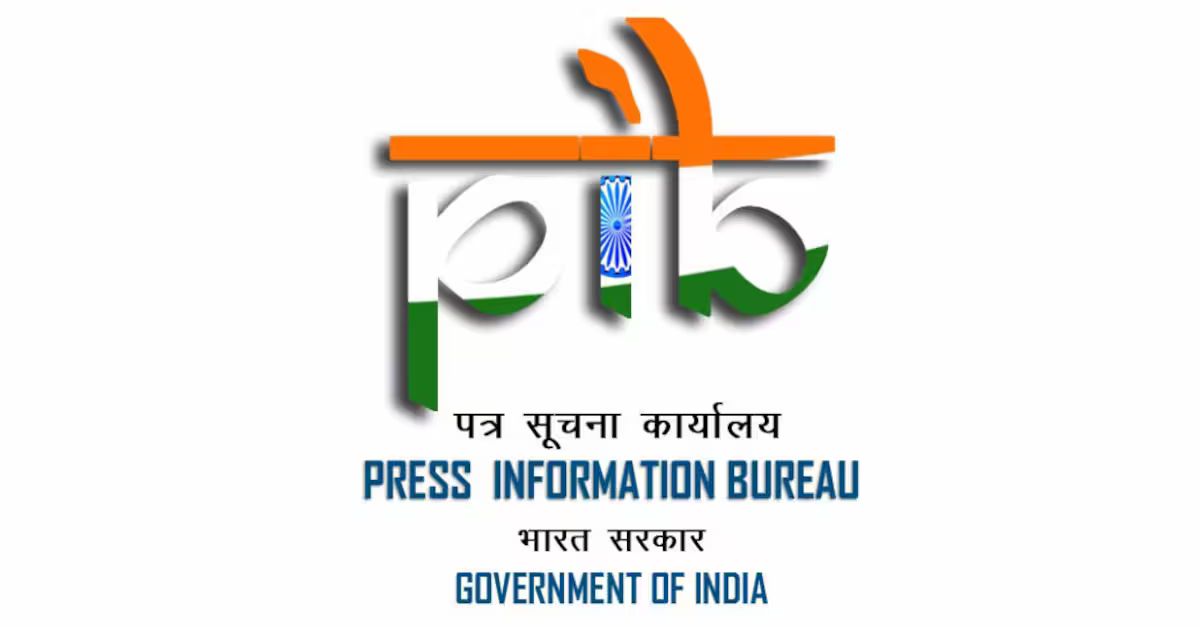India–US Trade Tensions Rise Over Steel and Auto Tariffs NMDC Limited reports a 38% drop in Q4 FY24 consolidated net profit RINL to Raise $23 Million Through Land Sales Amid Crisis

✅ QCOs & BIS standards improve steel quality and industry credibility.
✅ Govt initiatives & PLI schemes drive domestic production and investment.
✅ India’s steel industry strengthens globally with stricter compliance measures.
The Indian steel industry is witnessing a significant transformation with the implementation of Quality Control Orders (QCOs) and stringent Bureau of Indian Standards (BIS) regulations. These measures, spearheaded by the government, aim to improve product quality, enhance safety, and reduce dependency on substandard imports.
The QCOs mandate stringent certification norms for various steel products, ensuring compliance with BIS standards. This move benefits both domestic manufacturers and consumers by promoting high-quality production and preventing the influx of low-grade steel into the market. Additionally, BIS certification has been made compulsory for several steel products, strengthening industry credibility and fostering global competitiveness.
Government initiatives, such as ‘Make in India’ and PLI schemes, further incentivize quality-driven steel production. These regulatory changes are expected to boost domestic demand, attract investments, and align Indian steel with international benchmarks. However, industry stakeholders emphasize the need for smoother compliance processes and better infrastructure to support smaller manufacturers in adapting to these norms.
With a focus on quality, sustainability, and global standards, India’s steel industry is poised for long-term growth. The government’s proactive measures ensure that the sector remains robust, competitive, and aligned with evolving market demands.
Also Read : Nitin Gadkari unveils ₹1 Lakh Cr ropeway plan for 200+ projects in next 5 years Indian Railways achieves record freight loading of 1154.67 MT Till December 2023